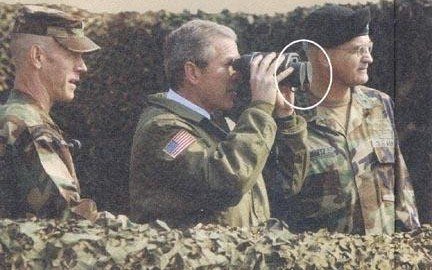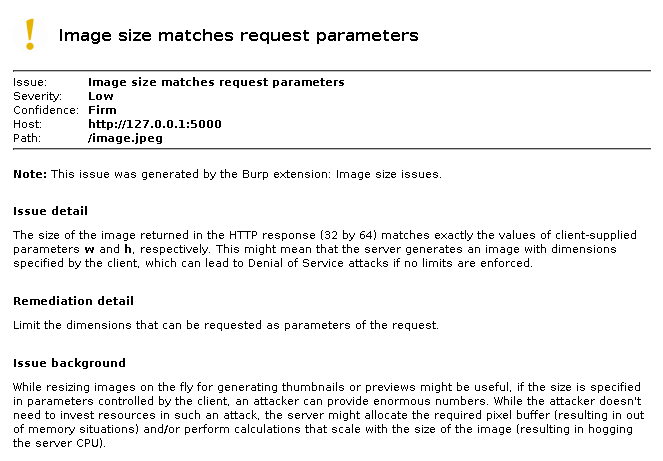
When serving image assets, many web developers find it useful to have a feature that scales the image to a size specified in a URL parameter. After all, bandwidth is expensive, latency is killing the mobile web, and letting the frontend guys link to avatar.php?width=64&height=64 pretty straightforward and convenient. However, solutions with those latter two qualities usually have a hard time with security.
As most readers already know and/or figured it out by now, such functionality can not only be used for scaling images down but also making them huge. This usually results in hogging lots of resources on the server, including RAM (pixel buffers), CPU (image transformation algorithms) and sometimes even disk (caching, temporary files). So in most cases, this leads to Denial of Service (DoS), which affects availability but not confidentiality; however, with most issues like this, it can be combined with other techniques to escalate it further.
During our assessments, we’ve found these DoS issues in many applications, including those used in banks and other financial institutions. Even security-minded developers need to think really hard to consider such an innocent feature as something that should be handled with care. On the other hand, detecting the issue manually is not hard, however it’s something that’s easy to miss, especially if the HTTP History submodule of the Burp Suite Proxy is configured to hide image responses as visual clutter.
To solve this, we’ve developed a Burp plugin that can be loaded into Extender, and passively detects if the size of an image reply is included in the request parameters. The source code is available on GitHub under MIT license, with pre-built JAR binaries downloadable from the releases page. It currently recognizes JPEG, PNG and GIF content, and parameters are parsed using Burp’s built-in helpers.
Since dynamically generated web content often has ill-defined Content-Type values, this plugin checks if there’s at least 12 bytes of payload in the response, and if so, the first four bytes are used to decide which parser should be started for one of the three image formats above. As the plugin is only interested in the size of the image, instead of using a full-fledged parser, a simpler (and hopefully faster and more robust) built-in solution is used that tries to be liberal while parsing the image. If the dimensions of the payload could be extracted, the request is analyzed as well to get the parameters. The current version checks if both the width and the height is included in the request, and if so, the following issue is generated.

The plugin in its current form is quite usable, it’s passive behavior means that just by going through a site, all such image rescaling script instances will appear in the list of issues (if the default setting is used, where every request made through the proxy is fed to passive scanning). Future development might include adding an active verification component, but it’s not trivial as this class of vulnerability by design means that a well-built request might grind the whole application to a halt.
We encourage everyone to try the plugin, pull requests are welcome on GitHub!
